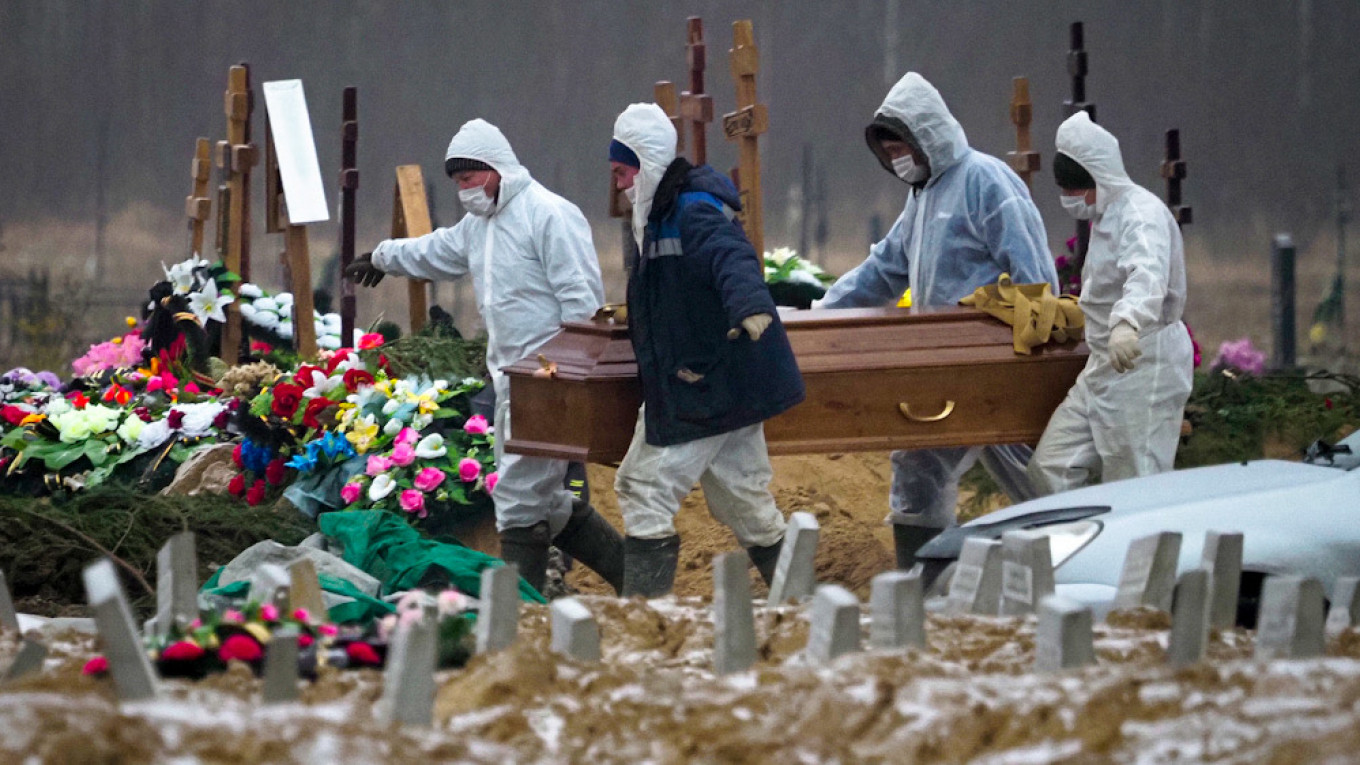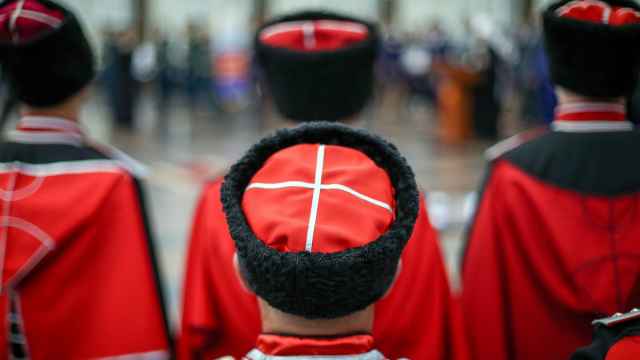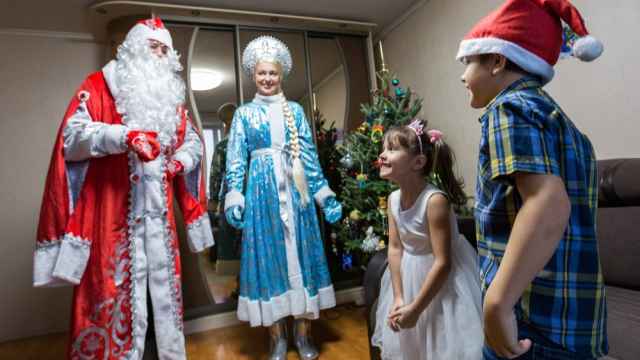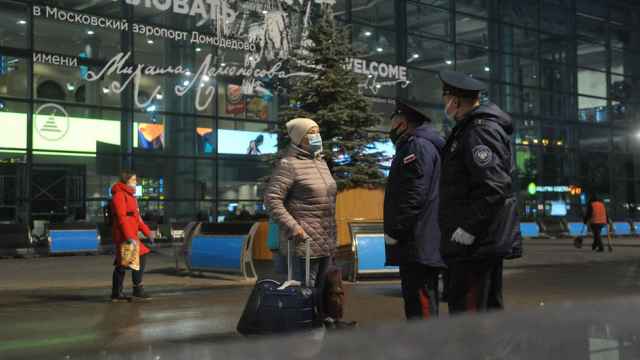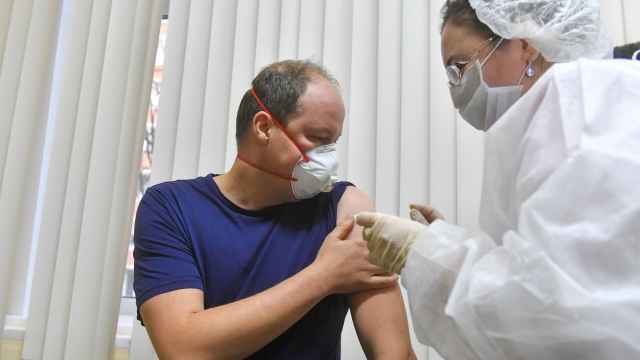Russia recorded a 19.6% year-on-year increase in deaths last year, figures published by the federal statistics service showed Monday.
Rosstat said a total of 2.12 million people died in 2020 — an increase of 323,000 compared to 2019, and the highest annual fatality count for at least 16 years.
Speaking earlier Monday, Deputy Prime Minister Tatiana Golikova said 31% of the increase in deaths was due to the coronavirus. That assessment is based on a counting practice which runs counter to World Health Organization guidelines, by ignoring deaths where the coronavirus was present in a patient but not deemed to be the main cause of death.
Golikova’s announcement also contradicts statements made at the end of 2020, when she said the coronavirus accounted for at least 80% of Russia’s excess deaths.
Russia’s coronavirus statistics have been heavily questioned since the start of the pandemic, as officials used low death numbers to claim that Russia was handling the global pandemic better than most other countries. An initial tally of coronavirus deaths — based on figures published daily by pandemic response task forces in all of Russia’s 85 regions — showed just 57,019 Covid-19 fatalities in 2020.
Excess mortality, or the difference between all deaths in 2020 and the average deaths seen in previous periods, is viewed as a more reliable indicator of the Covid-19 pandemic’s death toll. In Russia’s case, experts recommend comparing deaths in 2020 with 2019, rather than an average of previous years due to dramatically declining mortality rates over recent years.
For instance, in January and February 2020, mortality in Russia was down 4% compared to the previous year. Considering only the period since the pandemic began in March, Russia has recorded 337,000 excess deaths — or 25% more than in 2019.
Russia has had the fourth-highest number of coronavirus infections in the world and one of the world’s highest excess death tolls, both overall and adjusted for population size.
More than half of the excess deaths — 172,000 — came in the final two months of the year, as Russia had rejected imposing a new lockdown as a second wave of the pandemic spread rapidly across the country, encountering ill-prepared health systems and overwhelming hospitals. Both November, and then December, saw more deaths than any single month since at least January 2006, according to official Rosstat data.
Golikova, who heads the national coronavirus response, said that mortality in January 2021 had fallen 11% from December, with Covid-19 caseloads decreasing or stabilizing in all but two of Russia’s 85 regions, the state-run TASS news agency reported.
City authorities in Moscow abandoned most of the remaining coronavirus restrictions in January, citing falling infection rates and the roll-out of Russia’s homemade Sputnik V vaccine.
“We can say today that the spread of the novel coronavirus infection is stabilizing,” Golikova was quoted as saying at a cabinet briefing.
A Message from The Moscow Times:
Dear readers,
We are facing unprecedented challenges. Russia's Prosecutor General's Office has designated The Moscow Times as an "undesirable" organization, criminalizing our work and putting our staff at risk of prosecution. This follows our earlier unjust labeling as a "foreign agent."
These actions are direct attempts to silence independent journalism in Russia. The authorities claim our work "discredits the decisions of the Russian leadership." We see things differently: we strive to provide accurate, unbiased reporting on Russia.
We, the journalists of The Moscow Times, refuse to be silenced. But to continue our work, we need your help.
Your support, no matter how small, makes a world of difference. If you can, please support us monthly starting from just $2. It's quick to set up, and every contribution makes a significant impact.
By supporting The Moscow Times, you're defending open, independent journalism in the face of repression. Thank you for standing with us.
Remind me later.


